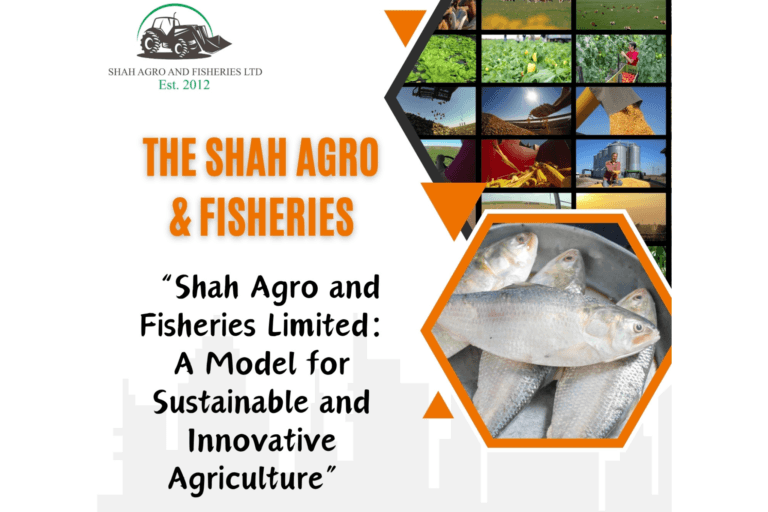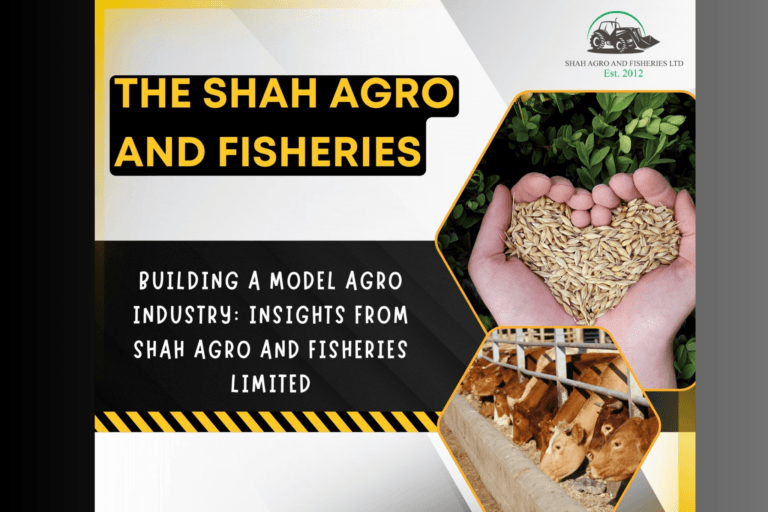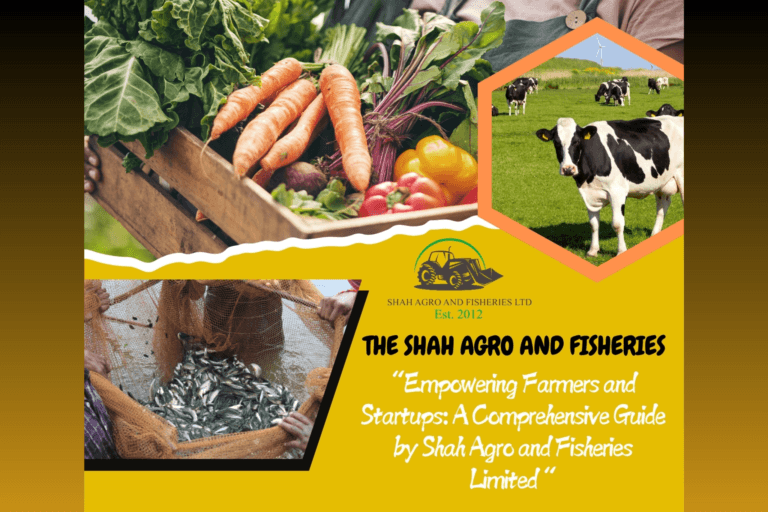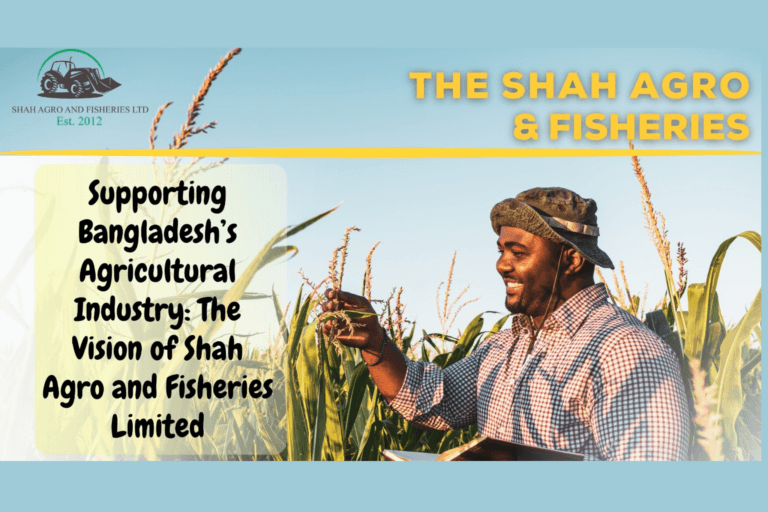Supporting Sustainable Fisheries in Southeast Asia: The Role of Shah Agro and Fisheries Limited
Southeast Asia is home to some of the world’s most biodiverse and productive marine ecosystems. From the coral reefs of Indonesia to the fertile deltas of Bangladesh, the region’s fisheries contribute significantly to global seafood production, local livelihoods, and food security.
However, these vital resources face mounting challenges, including overfishing, habitat destruction, and climate change. Shah Agro and Fisheries Limited, a leader in sustainable agriculture and aquaculture, is committed to addressing these challenges and empowering Southeast Asian fisheries to thrive for future generations.
The State of Fisheries in Southeast Asia
Economic and Cultural Importance
Fisheries in Southeast Asia are a cornerstone of the regional economy, employing millions of people directly and indirectly. Countries like Thailand, Indonesia, and the Philippines rank among the top seafood exporters globally. Fish also forms a significant part of the local diet, providing essential nutrients to communities.
Key Challenges
Despite their importance, the region’s fisheries are under significant strain:
- Overfishing: Unsustainable fishing practices have depleted fish stocks, threatening marine biodiversity.
- Climate Change: Rising sea temperatures and ocean acidification disrupt fish habitats and migration patterns.
- Pollution: Coastal development, plastic waste, and agricultural runoff degrade water quality and marine habitats.
Inequities in Resource Management: Small-scale fishers often lack access to resources and modern technologies, which disadvantages them compared to large industrial operations.
Shah Agro and Fisheries Limited: Driving Solutions
- Promoting Sustainable Aquaculture Practices
Shah Agro and Fisheries Limited advocates for aquaculture systems that balance productivity with environmental responsibility. The company has introduced:
- Integrated Multi-Trophic Aquaculture (IMTA): This approach combines species like fish, shellfish, and seaweed in a single system to recycle nutrients and minimize waste.
- Low-Impact Feed Solutions: Shah Agro’s feed technology uses sustainably sourced ingredients to reduce dependency on wild fish stocks.
- Capacity Building for Small-Scale Fishers
The company supports small-scale fishers by providing training programs and resources to improve efficiency and sustainability. Initiatives include:
- Technology Integration: Tools such as GPS systems, mobile apps for fish stock tracking, and eco-friendly nets.
- Microfinance and Cooperative Models: Empowering communities to pool resources and access financial support.
- Research and Innovation
Shah Agro invests in cutting-edge research to ensure fisheries remain resilient in the face of environmental changes. Recent projects include:
- Genetic Breeding Programs: Developing robust fish species resistant to disease and climate stress.
- Marine Protected Areas (MPAs): Collaborating with governments and NGOs to establish MPAs and restore degraded ecosystems.
- Policy Advocacy and Partnerships
Recognizing the importance of collective action, Shah Agro partners with regional governments, academic institutions, and global organizations. These collaborations promote sustainable fisheries management policies, enforce anti-illegal fishing laws, and raise awareness about marine conservation.
Fostering a Sustainable Future
The road to sustainable fisheries in Southeast Asia is complex but manageable. Agro and Fisheries Limited is determined to catalyse positive change, ensuring that marine resources are used responsibly and equitably. The company envisions a thriving fisheries sector that benefits people and the planet by embracing innovation, empowering local communities, and championing environmental stewardship.
As Southeast Asia grapples with the challenges of the 21st century, initiatives like these will secure the future of its fisheries, providing livelihoods, food security, and ecological balance for generations to come.





